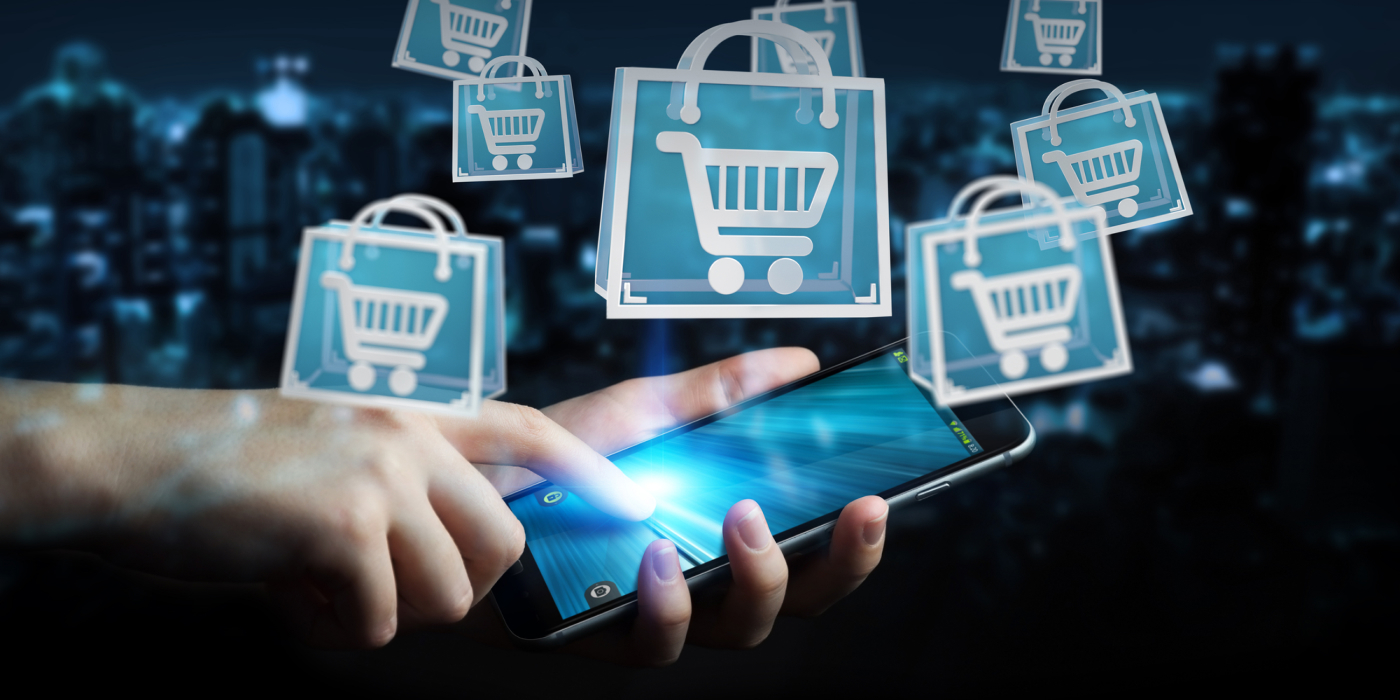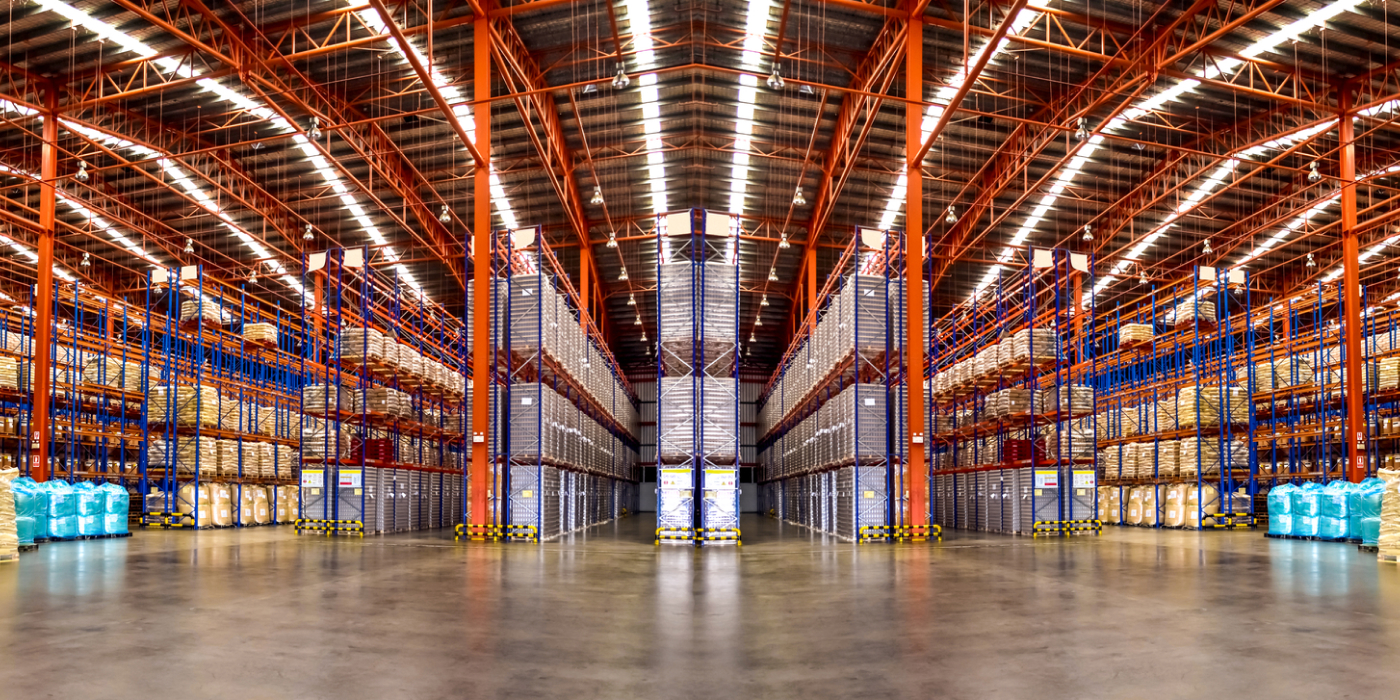5 Retail Trends to Watch for in 2024
As we venture into 2024, the retail industry continues to navigate the ever-evolving landscape of consumer preferences and technological advancements. New technologies, changing consumer habits, and global economic forces are all driving the need for retailers to adapt and innovate. In 2024, we can expect to see a number of trends that will continue to reshape the retail landscape.
Here’s a look at five retail trends to watch for in 2024.
Continued Growth of eCommerce
Online shopping is already a major force in the retail industry, and it is only going to continue to grow in 2024. Retailers that want to succeed in 2024 will need to have a strong eCommerce presence. In 2024, eCommerce sales will grow at more than five times the rate of brick-and-mortar, according to eMarketer forecasts.
The eCommerce growth is driven by consumers on a budget seeking competitive pricing online. More than half (54%) of US internet users will add items to a wish list or shopping cart, then wait for deals before making a purchase, according to Deloitte. Retailers are also optimizing their physical stores to enhance eCommerce fulfillment and delivery services.

Reshaping Brick-and-Mortar Stores
Physical retail stores are transforming into experience hubs. Interactive displays, augmented reality fitting rooms, and immersive experiences are becoming commonplace. These innovations not only draw customers into stores but also provide an engaging way to discover and interact with products. In 2024, retailers will continue to redefine the store experience in the increasingly omnichannel retail landscape by creating more immersive and engaging experiences to attract shoppers and enhance customer satisfaction.
Retailers are focusing on creating unique in-store experiences that cannot be replicated online in order to attract more customers and encourage them to spend more time in stores. For example, Ikea recently opened a new Plan and Order Point in the Dallas-Fort Worth market. The smaller-format store offers design consultations as well as a location where customers can pick up their online orders. Customers can book appointments with Ikea experts while they design, quote and order Ikea products. Ikea can arrange for delivery or schedule orders for pickup at the location next door.
Increasing Supply Chain Optimization
Retailers will continue to prioritize supply chain efficiency and resilience in 2024. This includes adopting advanced technologies for inventory management, fulfillment processes, and delivery management to minimize disruptions. To meet the demand for fast delivery, retailers are setting up micro-fulfillment centers as well as expanding their distribution networks closer to customers. Retailers are also automating and modernizing existing facilities to improve their fulfillment and delivery operations.
Sam’s Club is expanding its supply chain capabilities with plans to open two new distribution centers in early 2024 outside St. Louis and Minneapolis. The new facilities are part of the retailer’s multi-year growth plan to transform its supply chain. Over the next several years, Sam’s Club will add numerous new facilities to its supply chain network as well as retrofitting a number of existing facilities for more enhanced physical and digital capabilities. Through new investments in its supply chain, Sam’s Club aims to strengthen its omnichannel experience and increase efficiencies and delivery speed.

Mobile Commerce Sales Hit Record High
Sales via mobile devices are growing at twice the rate of sales via desktop devices. Mobile commerce sales will rise 13.8% in 2023 to $491.14 billion, according to eMarketer forecasts. Growth will accelerate next year as mobile commerce sales are expected to surpass $500 billion for the first time. Seventy-four percent of consumers expect retailers to offer mobile apps, according to a new survey from Bryj. Sixty percent of consumers are more likely to shop with a retailer that offers a mobile app, with in-app exclusive rewards highlighted as a key factor influencing this consumer preference.
Personalized, engaging, and convenient mobile experiences are a powerful tool to deepen customer relationships, build loyalty, and increase business value. Retailers will continue to increase their mobile offerings next year in order to drive sales, build loyalty, and adapt to customer expectations. Family Dollar recently debuted a mobile app, allowing users to manage coupons and more easily locate products with improved search functionality. The retailer is promising enhancements by early 2024 that will include in-app eCommerce, personalization capabilities, and a mobile experience for sister company Dollar Tree.
Retailers Grow in the B2B Market
Retailers in the B2C landscape are expanding into the B2B commerce industry to expand their reach, optimize their resources, and drive business growth. Companies are providing business customers with the same convenient and enjoyable experiences they have come to expect from their consumer shopping experiences. Through new acquisitions, increasing eCommerce and mobile B2B channels, or providing B2B buyers with fast and flexible fulfillment and delivery options, B2C retailers are building their B2B capabilities to serve businesses of various industries and sizes and will continue to do so in the future.
The Home Depot has acquired International Designs Group LLC, a supplier of slab and tile materials for the kitchen and bath industry as it plans to grow its online and offline B2B channel. International Designs owns and operates several design-oriented subsidiaries including Construction Resources. It distributes to professional contractors focused on renovation, remodeling, and residential buildings. Construction Resources operates 39 showrooms throughout the East Coast and the southeastern United States which the retailer plans to use as new points of interaction with professional contractors.
The retail landscape in 2024 is dynamic and customer-centric. As retailers adapt to these emerging trends, the focus is on providing a seamless, personalized, and engaging shopping experience. Whether it’s through increasing the online presence, enhancing fulfillment and delivery processes, or reinventing the physical store, the future of retail is about adapting to consumer expectations and meeting consumers where they are and how they prefer to shop.
For more information about how our delivery management solution can help you manage your deliveries more efficiently, please contact info@bringoz.com.
